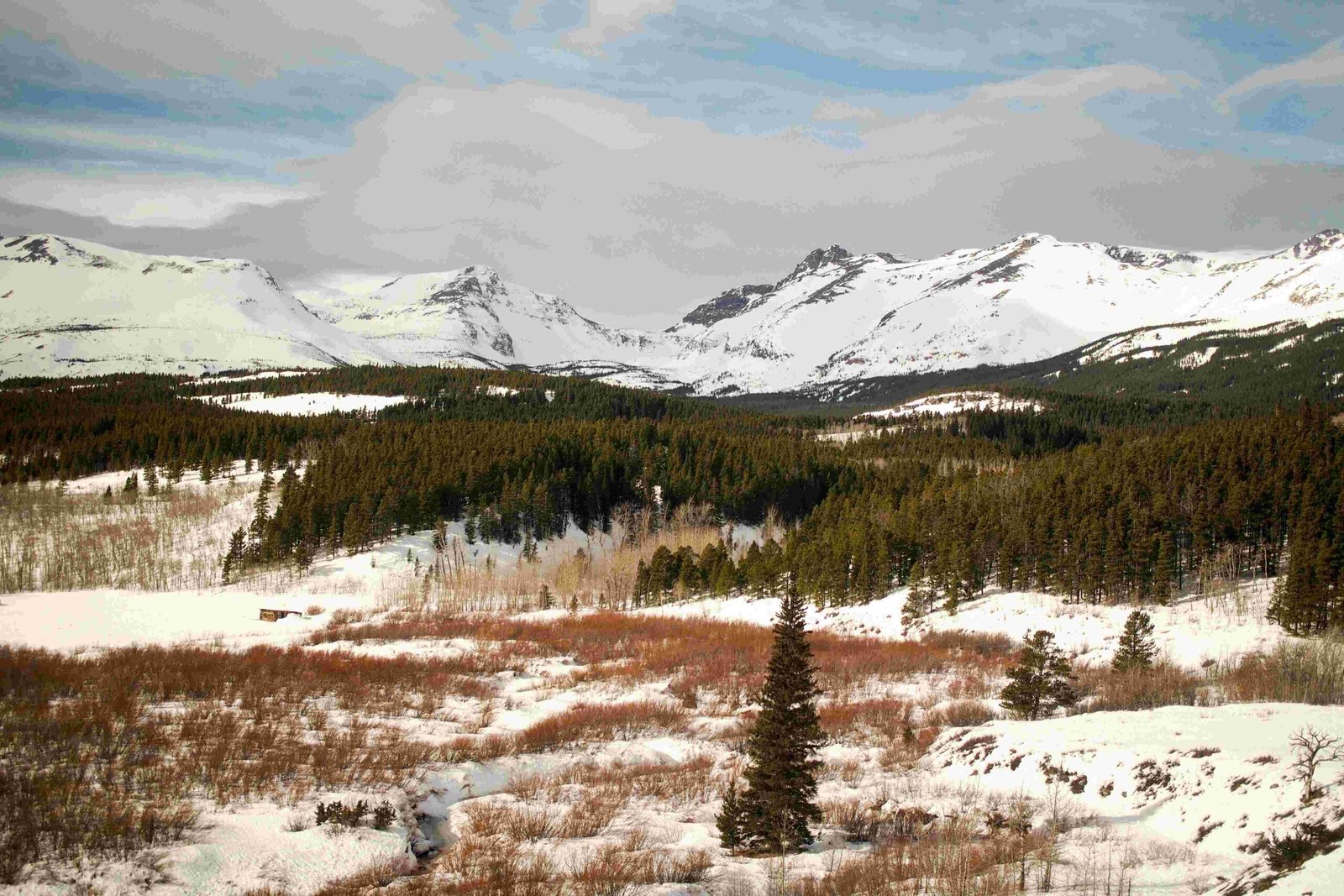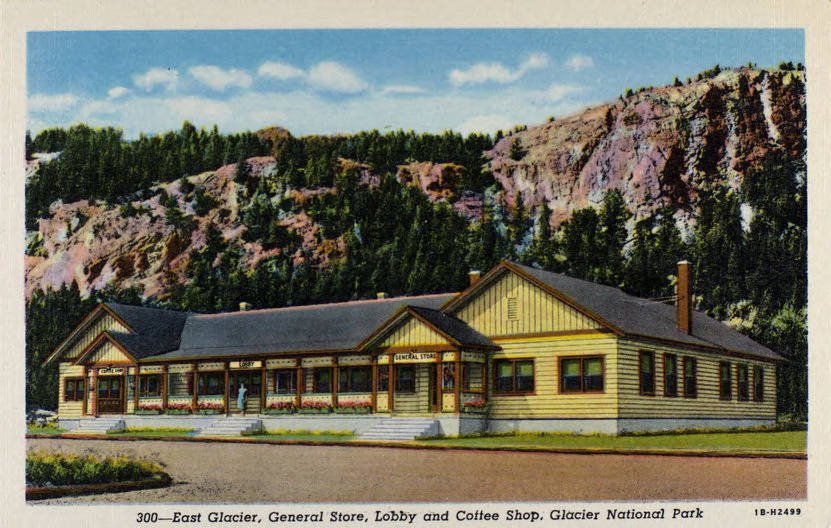Lake Mary Ann Louise Glacier National Park is a common misconception. In reality, there is no such lake in Glacier National Park. However, St. Mary Lake is a prominent feature in the park, offering stunning views, hiking trails, and recreational opportunities. This guide will explore St. Mary Lake, its surroundings, and the various activities available to visitors in this breathtaking area of Glacier National Park.
What is the history of St. Mary Lake in Glacier National Park?

St. Mary Lake, often mistaken for Lake Mary Ann Louise, is the second-largest lake in Glacier National Park. Formed by glacial activity thousands of years ago, it stretches for nearly 10 miles and reaches depths of up to 300 feet. The lake’s striking turquoise color comes from glacial flour, finely ground rock particles suspended in the water.
Key historical points:
– Native American tribes, including the Blackfeet, have inhabited the area for thousands of years
– The lake was named by European explorers in the late 19th century
– Glacier National Park was established in 1910, encompassing St. Mary Lake
How can visitors access St. Mary Lake?

St. Mary Lake is easily accessible via the Going-to-the-Sun Road, one of the park’s main thoroughfares. Visitors can reach the lake from either the east or west entrance of the park.
Access points:
1. St. Mary Visitor Center
2. Rising Sun area
3. Sunrift Gorge
Parking is available at various locations around the lake, including:
– St. Mary Visitor Center parking lot
– Rising Sun Boat Dock
– Sunrift Gorge Pullout
What hiking trails are available around St. Mary Lake?
Several hiking trails offer spectacular views of St. Mary Lake and its surrounding landscape. Here are some popular options:
- St. Mary Falls Trail
- Distance: 3 miles round trip
- Elevation gain: 200 feet
- Difficulty: Moderate
-
Highlights: St. Mary Falls, scenic lake views
-
Baring Falls Trail
- Distance: 0.6 miles round trip
- Elevation gain: Minimal
- Difficulty: Easy
-
Highlights: Baring Falls, lakeshore views
-
Sun Point Nature Trail
- Distance: 1.6 miles round trip
- Elevation gain: 200 feet
- Difficulty: Easy to moderate
- Highlights: Panoramic lake views, wildflowers
What wildlife can be spotted around St. Mary Lake?
The area surrounding St. Mary Lake is home to diverse wildlife. Visitors may encounter:
- Large mammals: Grizzly bears, black bears, moose, elk, mountain goats
- Small mammals: Marmots, ground squirrels, pikas
- Birds: Bald eagles, osprey, loons, various waterfowl species
| Animal | Best Time to Spot | Preferred Habitat |
|---|---|---|
| Grizzly Bear | Dawn and dusk | Forested areas, meadows |
| Mountain Goat | Early morning | Rocky cliffs and slopes |
| Bald Eagle | Year-round | Near water bodies |
| Moose | Early morning, late evening | Wetlands, forest edges |
Remember to maintain a safe distance from all wildlife and never feed or approach animals.
What are the best photography spots around St. Mary Lake?
St. Mary Lake offers numerous photographic opportunities. Here are some prime locations:
- Wild Goose Island Overlook
- Iconic view of the small island in the middle of the lake
-
Best at sunrise or sunset
-
Sun Point
- Panoramic views of the lake and surrounding mountains
-
Excellent for capturing reflections on calm days
-
Going-to-the-Sun Road pullouts
- Various viewpoints along the road offer unique perspectives
- Capture the lake with dramatic mountain backdrops
Photography tips:
– Use a polarizing filter to enhance the lake’s turquoise color
– Visit during the golden hours (just after sunrise or before sunset) for optimal lighting
– Include foreground elements like wildflowers or driftwood for added depth
What fishing opportunities are available at St. Mary Lake?
St. Mary Lake offers excellent fishing opportunities for anglers. Here’s what you need to know:
Fish species:
– Westslope cutthroat trout
– Rainbow trout
– Lake trout
– Mountain whitefish
Fishing regulations:
– A valid Montana fishing license is required
– Catch and release is encouraged for native species
– Check current park regulations for specific limits and restrictions
Best fishing spots:
– Near the inlet of St. Mary River
– Along the shoreline near Rising Sun
– From a boat in deeper parts of the lake
Fishing season typically runs from late spring to early fall, with peak times in summer.
What boat tours are available on St. Mary Lake?
Scenic boat tours are a popular way to experience St. Mary Lake. Glacier Park Boat Company offers tours departing from Rising Sun Boat Dock.
Tour details:
– Duration: Approximately 1.5 hours
– Capacity: Varies by boat
– Narration: Informative commentary on the lake’s history, geology, and wildlife
Highlights of the tour include:
– Views of Little Chief Mountain and Citadel Mountain
– Passage near Wild Goose Island
– Potential wildlife sightings
Reservations are recommended, especially during peak season (June-August).
Where can visitors camp near St. Mary Lake?
Several campgrounds are located near St. Mary Lake, offering various amenities and experiences:
- Rising Sun Campground
- Location: Along Going-to-the-Sun Road, near St. Mary Lake
- Sites: 84 sites (tent and RV)
-
Amenities: Flush toilets, potable water, picnic tables, fire rings
-
St. Mary Campground
- Location: Near St. Mary Visitor Center
- Sites: 148 sites (tent and RV)
-
Amenities: Flush toilets, showers, potable water, dump station
-
Many Glacier Campground
- Location: About 30 minutes north of St. Mary Lake
- Sites: 109 sites (tent and RV)
- Amenities: Flush toilets, showers, potable water, dump station
Reservations are strongly recommended for all campgrounds, especially during peak season.
What are the best times to visit St. Mary Lake?
The best time to visit St. Mary Lake depends on your preferences and planned activities:
Summer (June-August):
– Pros: Warm weather, all facilities open, peak wildlife activity
– Cons: Crowded, potential for wildfires
Fall (September-October):
– Pros: Fall colors, fewer crowds, active wildlife
– Cons: Cooler temperatures, some facilities may close
Spring (May-early June):
– Pros: Wildflowers, waterfalls at peak flow, fewer crowds
– Cons: Unpredictable weather, some trails may still be snow-covered
Winter (November-April):
– Pros: Solitude, winter sports opportunities
– Cons: Limited access, many facilities closed, cold temperatures
Consider visiting during shoulder seasons (late May-early June or September-October) for a balance of good weather and smaller crowds.
In conclusion, while there is no Lake Mary Ann Louise in Glacier National Park, St. Mary Lake offers a wealth of natural beauty, recreational opportunities, and unforgettable experiences for visitors. From hiking and fishing to boat tours and wildlife watching, the lake and its surroundings provide a quintessential Glacier National Park experience.
References:
1. St. Mary’s Lake and Fall Trail | Anki On The Move
2. Hiking St. Mary – Glacier National Park (U.S. National Park Service)
3. Canadian Rockies Explorer | Odysseys Unlimited